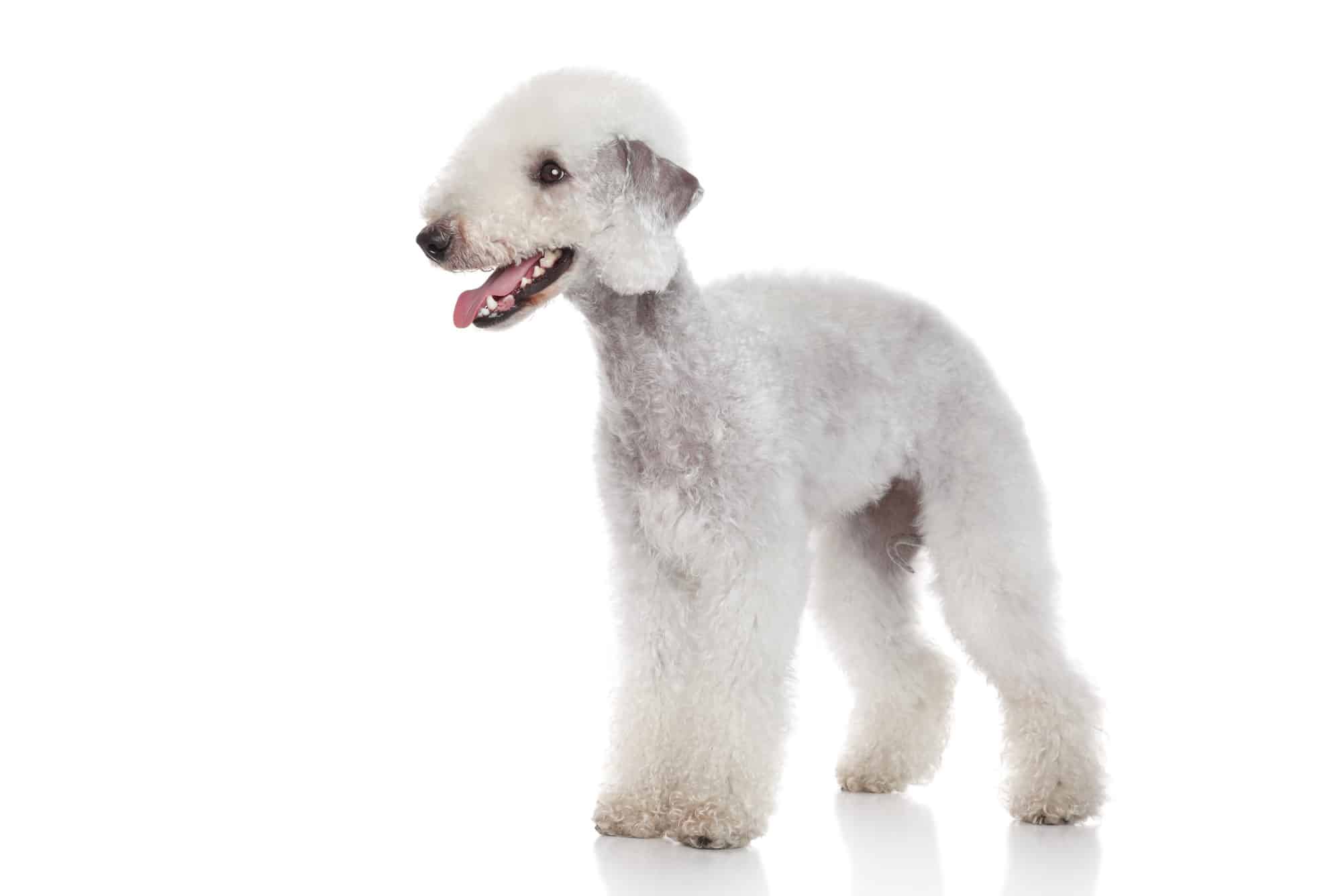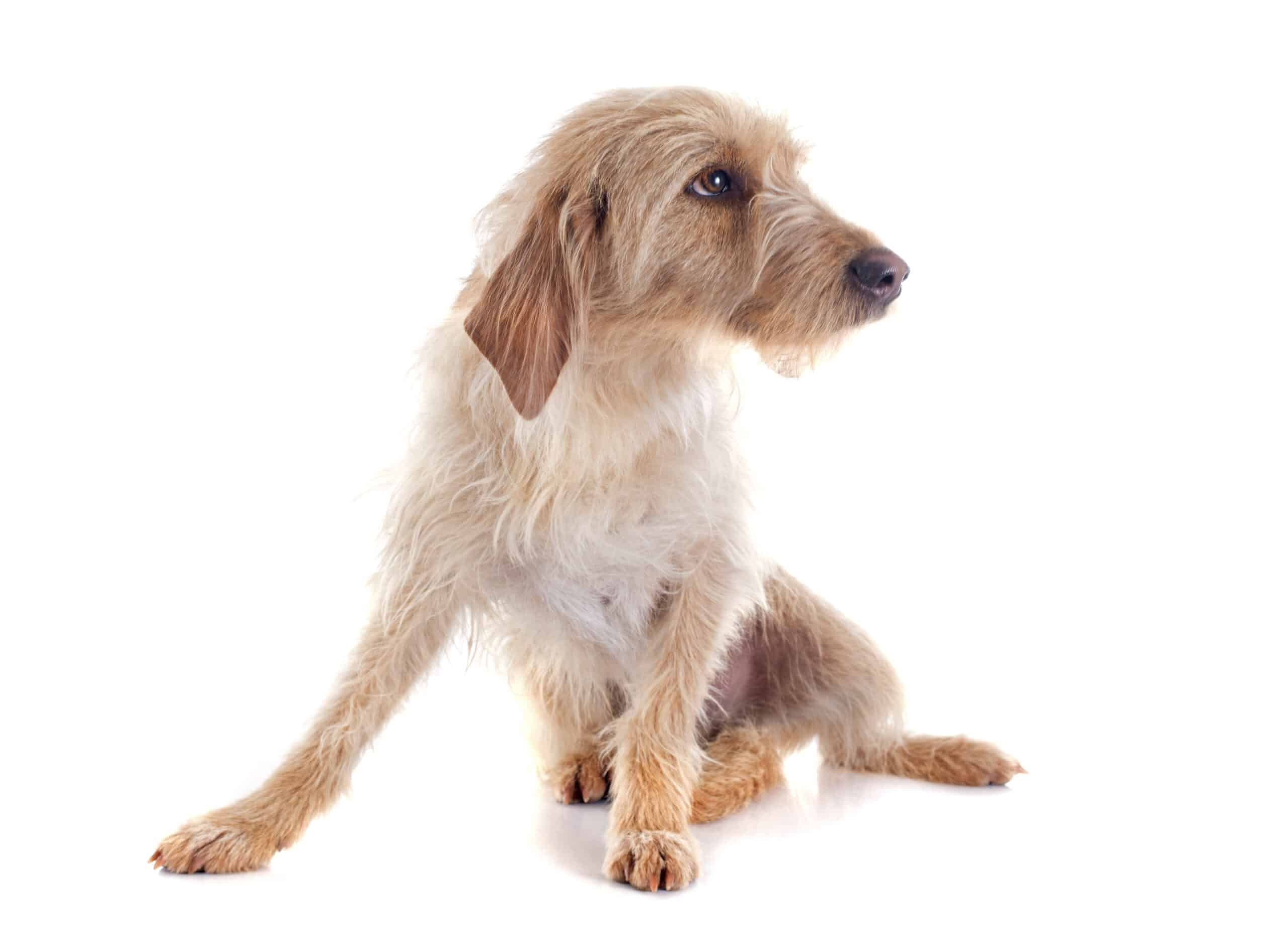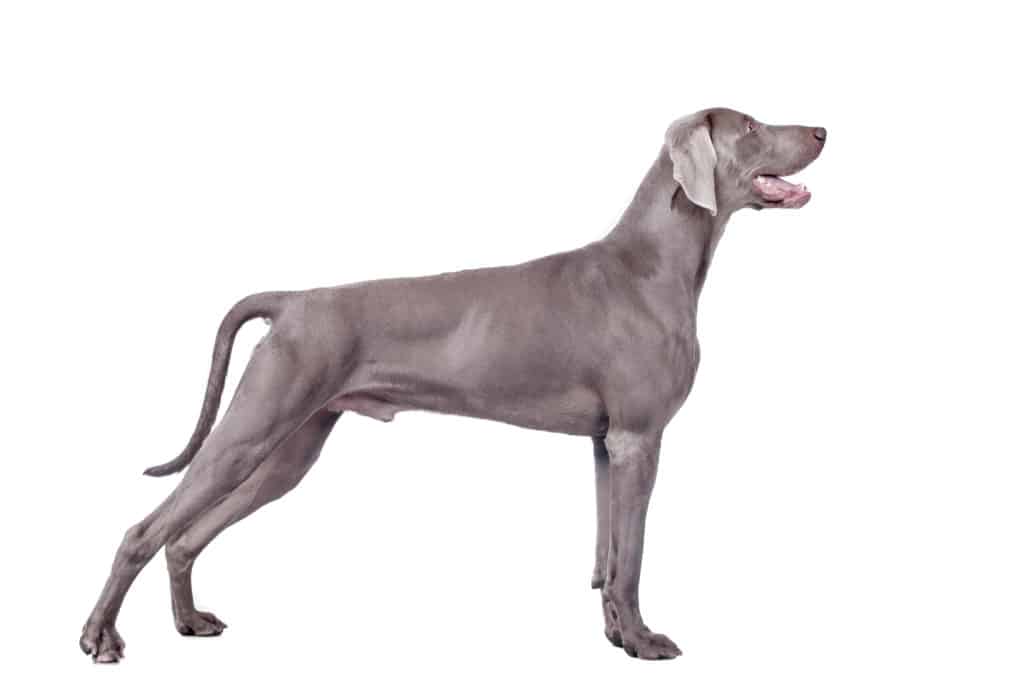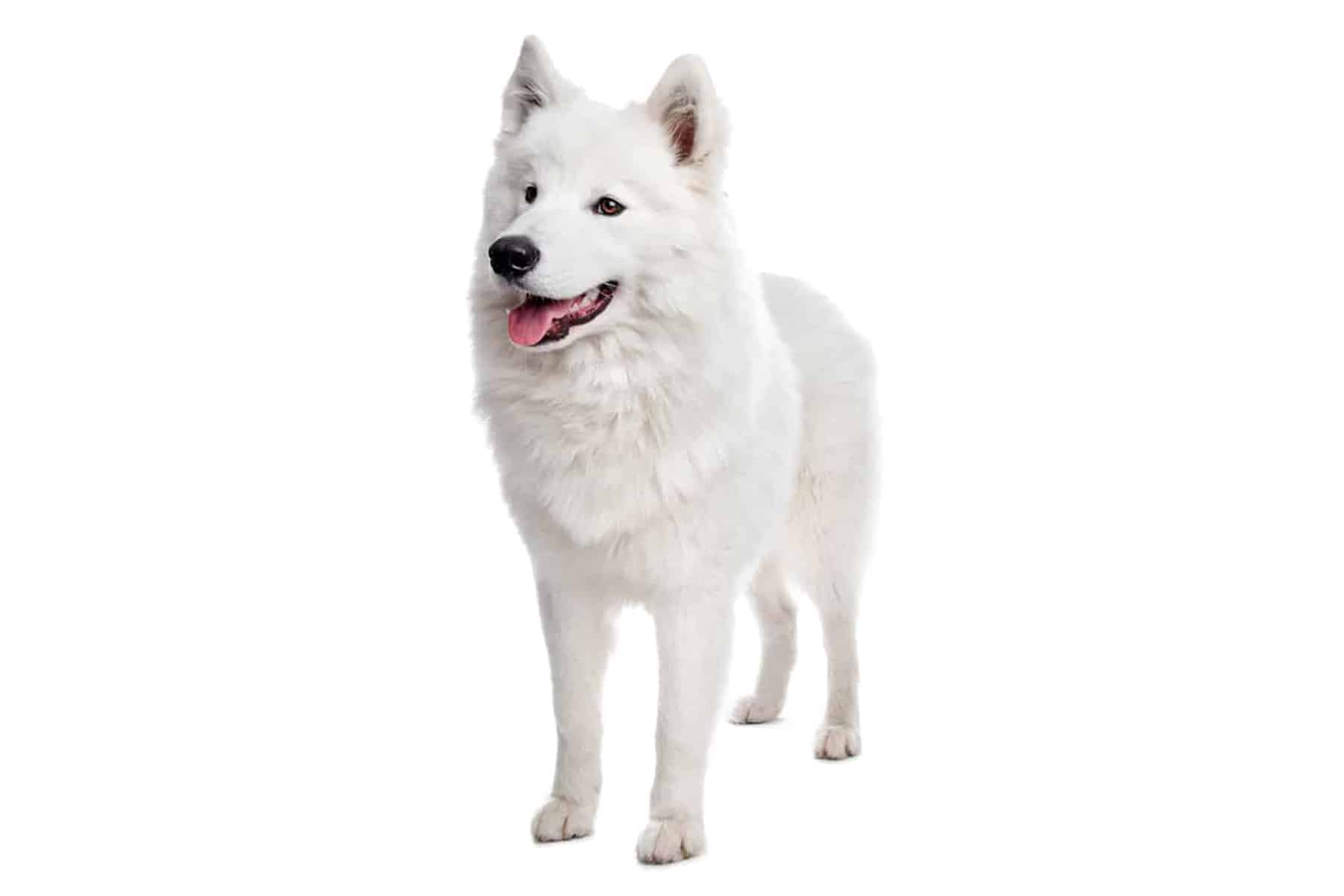Scottish Terrier
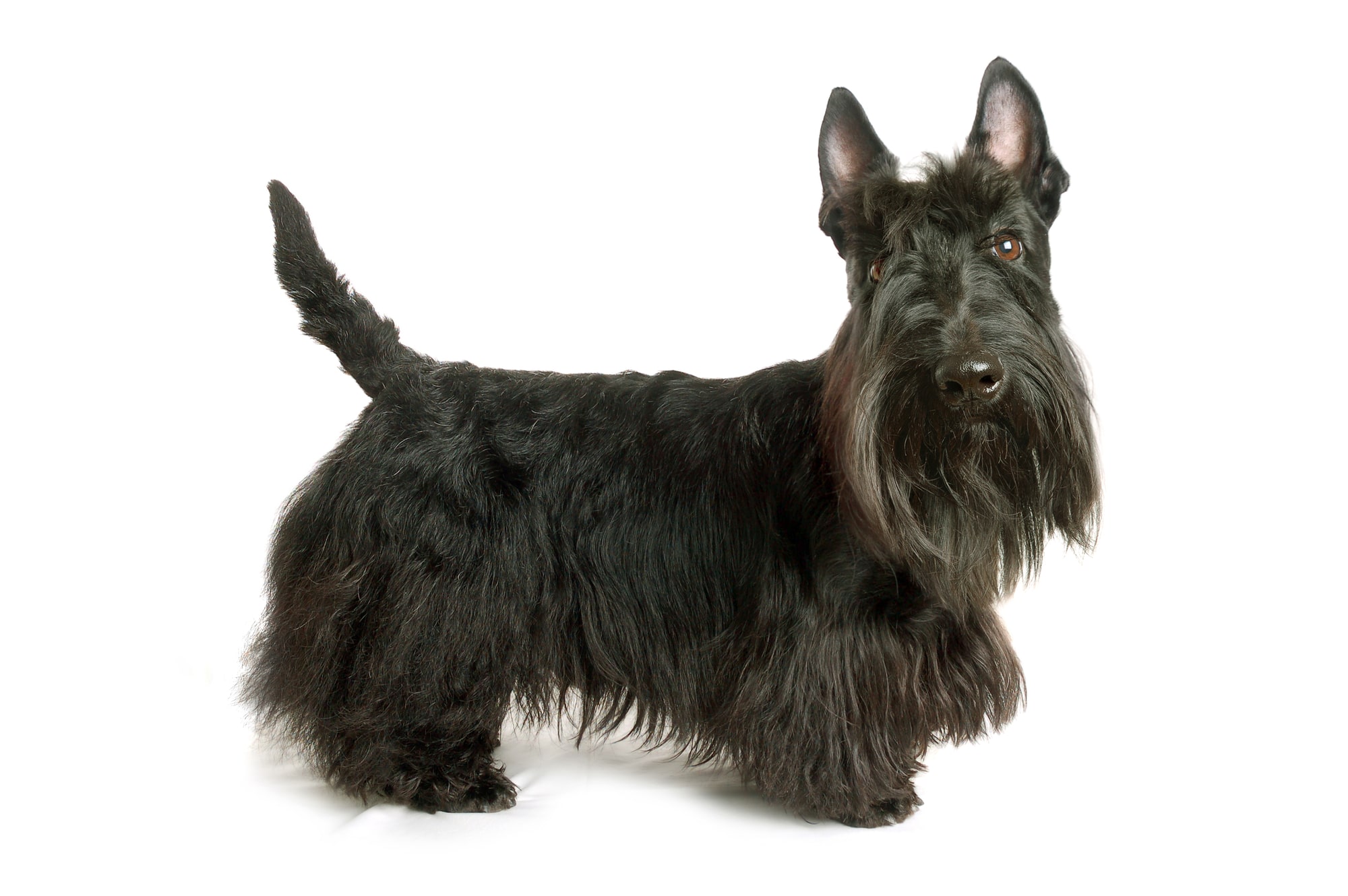
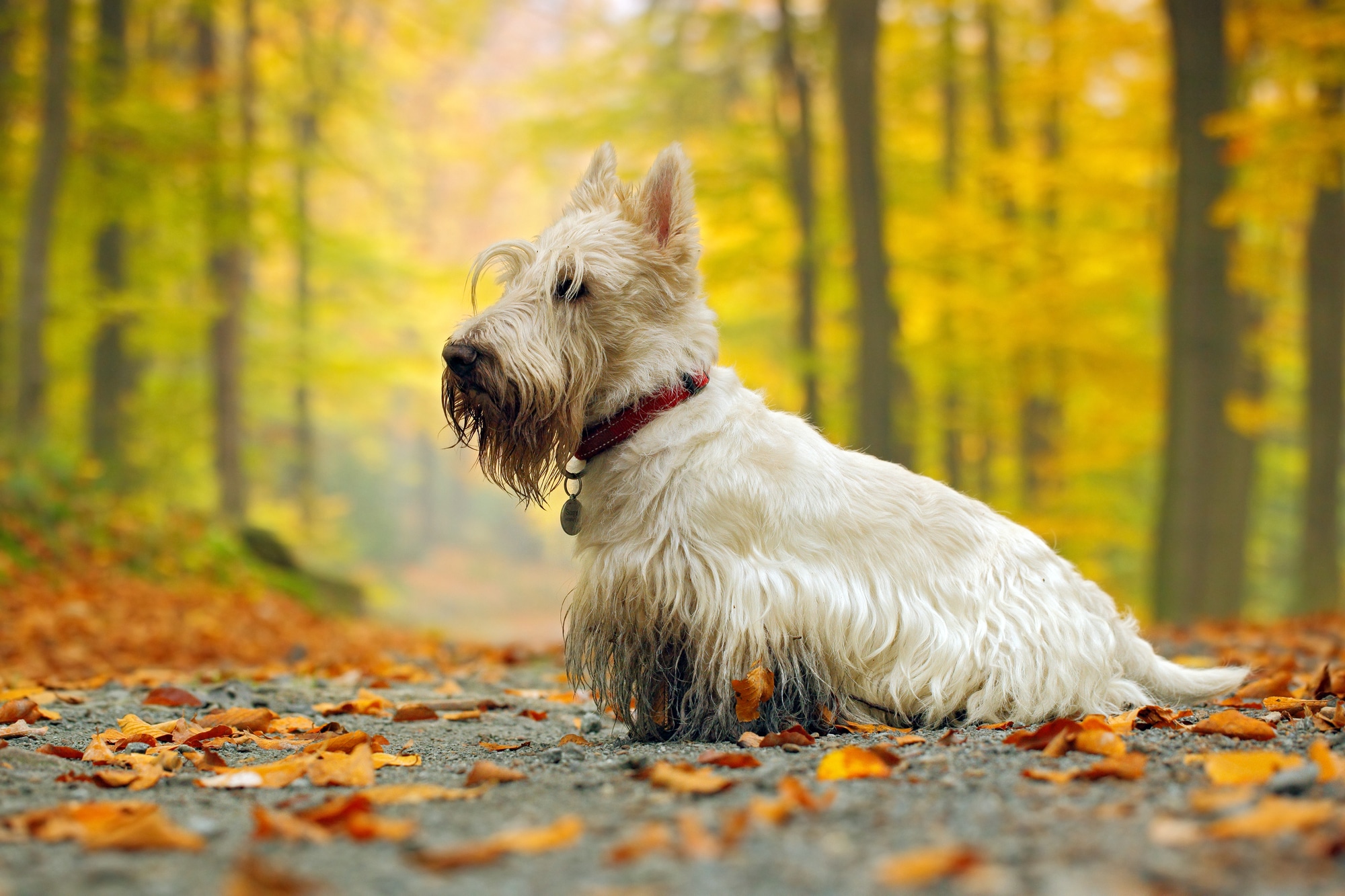
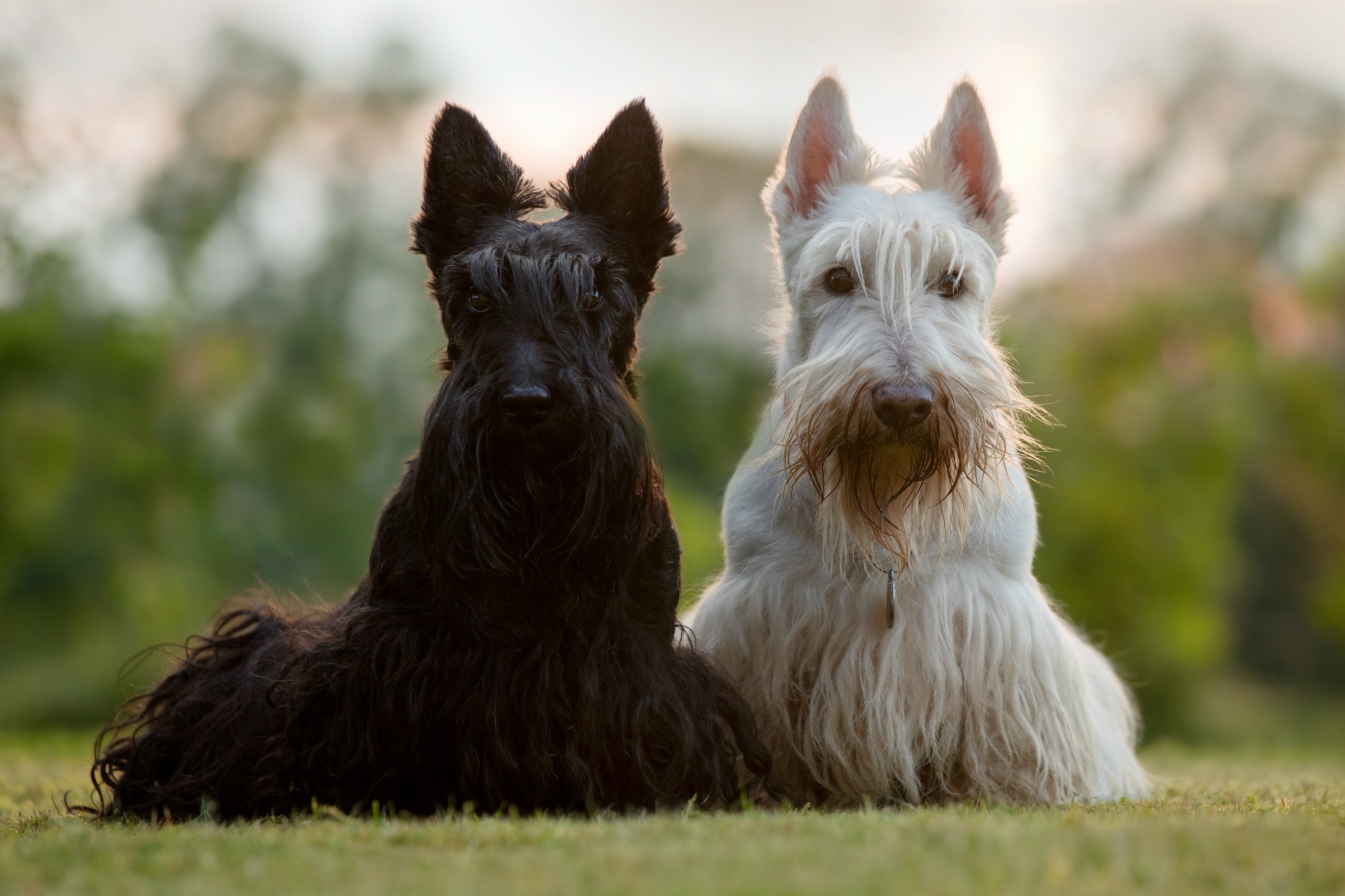
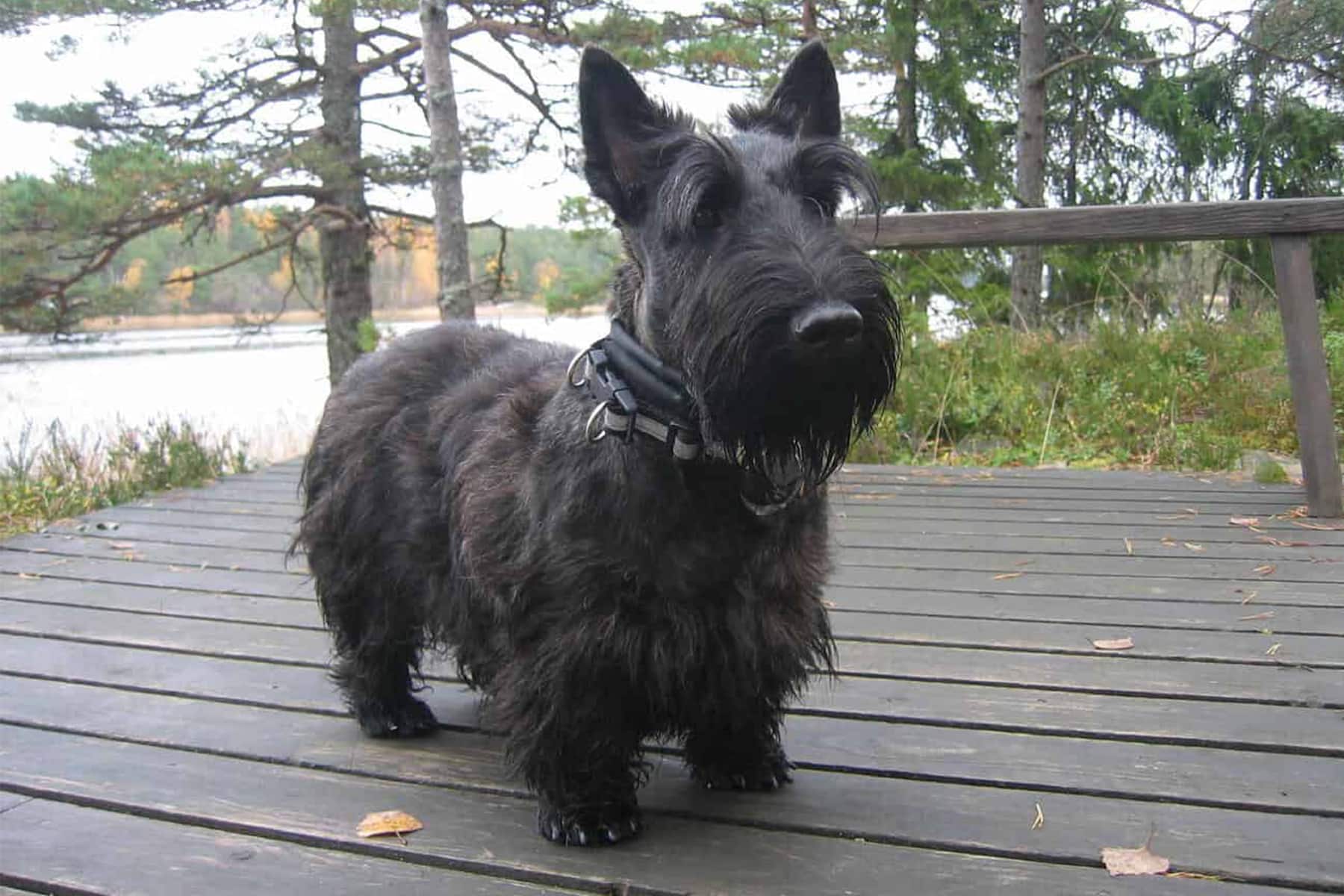
Temperament:
The Scottish Terrier is a dog that is suitable for nature-loving people as well as families with children. It is loyal, alert, but also reserved. However, it is a very stubborn breed. It must be well trained from the start. Then the Scottish Terrier can also become a lovely family dog. Ideally, you should already have experience with dogs. Only then should you get a Scottish Terrier.
Characteristics
The Scottish Terrier is a proud dog. It is not easy to impress him. But he is a very intelligent, somewhat stubborn dog who chooses his friends carefully. He is always observing his surroundings and is very attentive. His thoughtfulness and caution towards other people and dogs make him appear slightly arrogant.
It grows up to 30 centimeters tall, weighs around 10 kilograms and has a rough coat and pointed ears. Its head is quite long in relation to its body. The coat is mostly black. The Scottish Terrier has an average life expectancy of 12 to 14 years.
As he has a hunting instinct, it is advisable not to let him off the lead in areas where there is a lot of game. The hunting instinct can be exercised by playing some hunting games with him. You can also get your Scottish Terrier interested in agility and obedience. Agility is all about overcoming obstacles and courses. Obedience is about obedience and bonding with people and other animals.
Terriers are very playful by nature. However, the Scottish Terrier tends to play less with strange dogs. Here he keeps his distance. He is an affectionate family dog. But he has a mind of his own and is more of a loner. So you have to put a lot of energy and effort into getting him excited and animated.
The Scottish Terrier is a courageous dog. But he is never aggressive. It gets on well with children. However, both sides should know how to treat each other. It is best if he grows up with children from the start.
Coat care:
Shedding:
Energy level:
Trainability:
Children suitable:
The right food
When choosing food, make sure that it contains high-quality ingredients, is balanced and meets your dog's requirements. Age, size or weight, activity and health status play an important role. You should follow the manufacturer's recommendations for the amount of food.
Treats should only be fed in moderation and deducted from the basic diet to avoid obesity.
Puppies can be fed 4-6 times a day. The number of meals should be gradually reduced to 2 per day until the dog is fully grown. A rest period should be observed after meals.
Fresh drinking water should be available at all times.
Health & Care
The coat of the Scottish Terrier is very high maintenance. It has a double coat that needs to be brushed regularly. This prevents matting. Regular brushing also promotes blood circulation and strengthens the bond between you and your dog.
The Scottish Terrier should be professionally trimmed approximately every 3 months. This also removes old and dead hair, which contributes to the continued well-being of the Scottish Terrier and prevents itching or skin irritation.
It is best to find out in advance where you can have your Scottish Terrier trimmed, or have a specialist teach you how.
The hair around the eyes and on the ears should also be trimmed regularly so that it does not bother the dog. However, you can also do this yourself, as well as clipping with a clipper every 6 to 8 weeks. If you have no experience with this, ask a specialist to explain it to you.
In general, dogs should not be bathed too often. And if it is necessary, you should definitely use a dog shampoo. "Human shampoo" is very damaging to the dog's skin and coat.
The dog's ears should also always be kept clean. Wiping with a cloth moistened with water is completely sufficient here. And please only clean the pinna, never the ear canal! Injuries can quickly occur here.
Suitable accessories
Especially in the winter months, the Scottish Terrier can make good use of a suitable winter coat. This also protects the coat from dirt. You can find many different models on the Internet.
A Furminator is recommended for proper coat care. This also makes it easy to comb the Scottish Terrier's undercoat.
Like any other dog, your Scottish Terrier needs the following accessories: collar or harness with lead, dog basket or dog mat as a place to retreat to, water and food bowl, tick tweezers, claw clippers, mild dog shampoo, toothbrush and toothpaste for dogs, transport box for transportation in the car and a first aid kit. It's best to ask your vet what should be in the first aid kit.
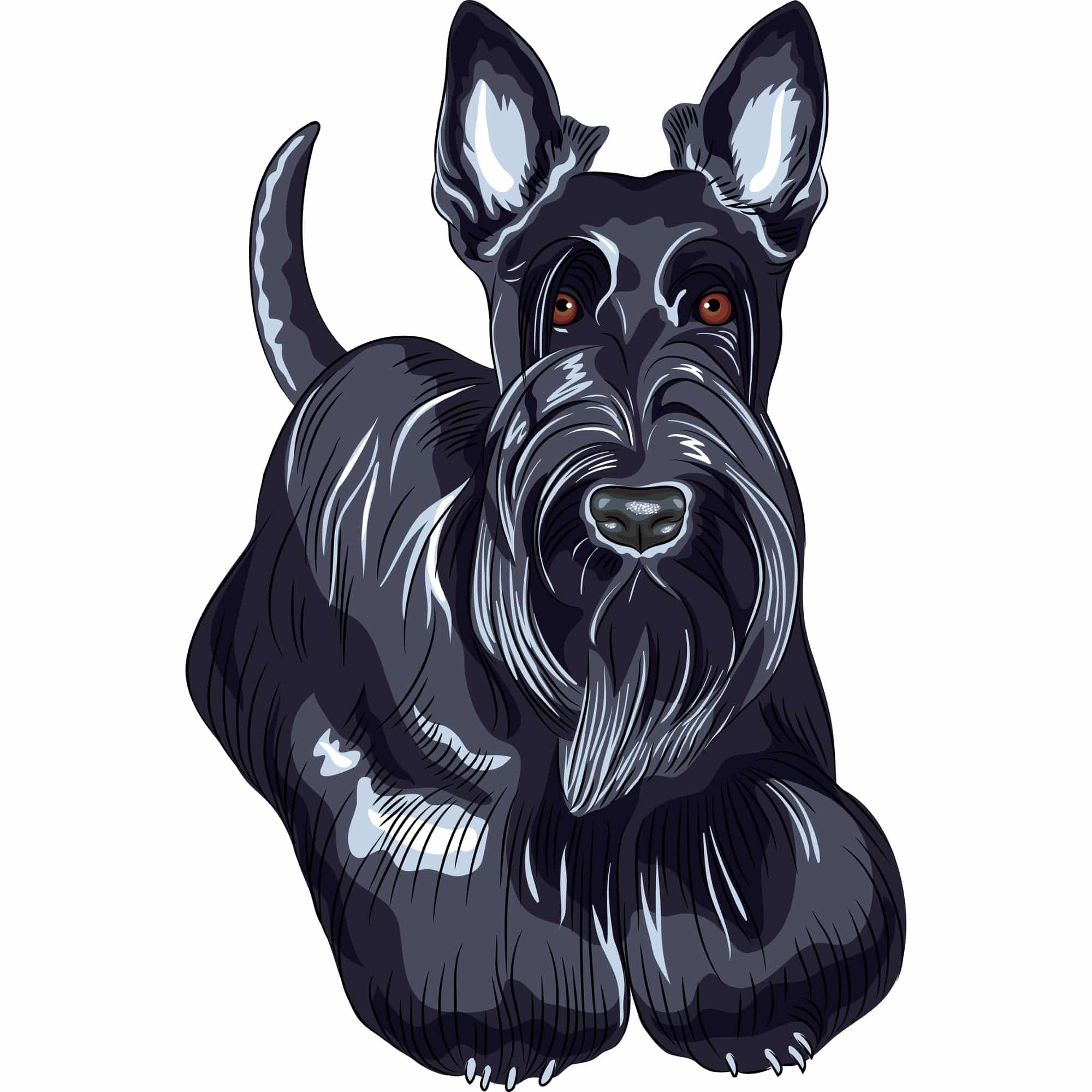
Origin & History
The Scottish Terrier, also known as the "Scottie", was first bred in Scotland in the 18th century. However, the exact origin is unknown. It was originally called the "Aberdeen Terrier". It was later registered as the "Scottish Terrier".
Its ancestors were more leggy than the terrier we know today. The Scottish Terrier was used to keep the yard free of pests and to hunt hares and foxes.
At the beginning of 2000, the Scottish Terrier even became an advertising medium for whisky and chocolate. This brought him worldwide fame.
The Scottish Terrier was also introduced in Germany at the beginning of the 19th century. This makes this dog breed one of the oldest terrier breeds. In the following 30 years, the Scottish Terrier developed into a fashionable dog in Germany and Switzerland.
To this day, the Scottish Terrier has developed into a popular family dog. It is no longer bred for hunting and pest control.
You should find out all you can about the breed before you buy it. This will ensure a good development for both sides. Then nothing stands in the way of a great time with your Scottish Terrier.
